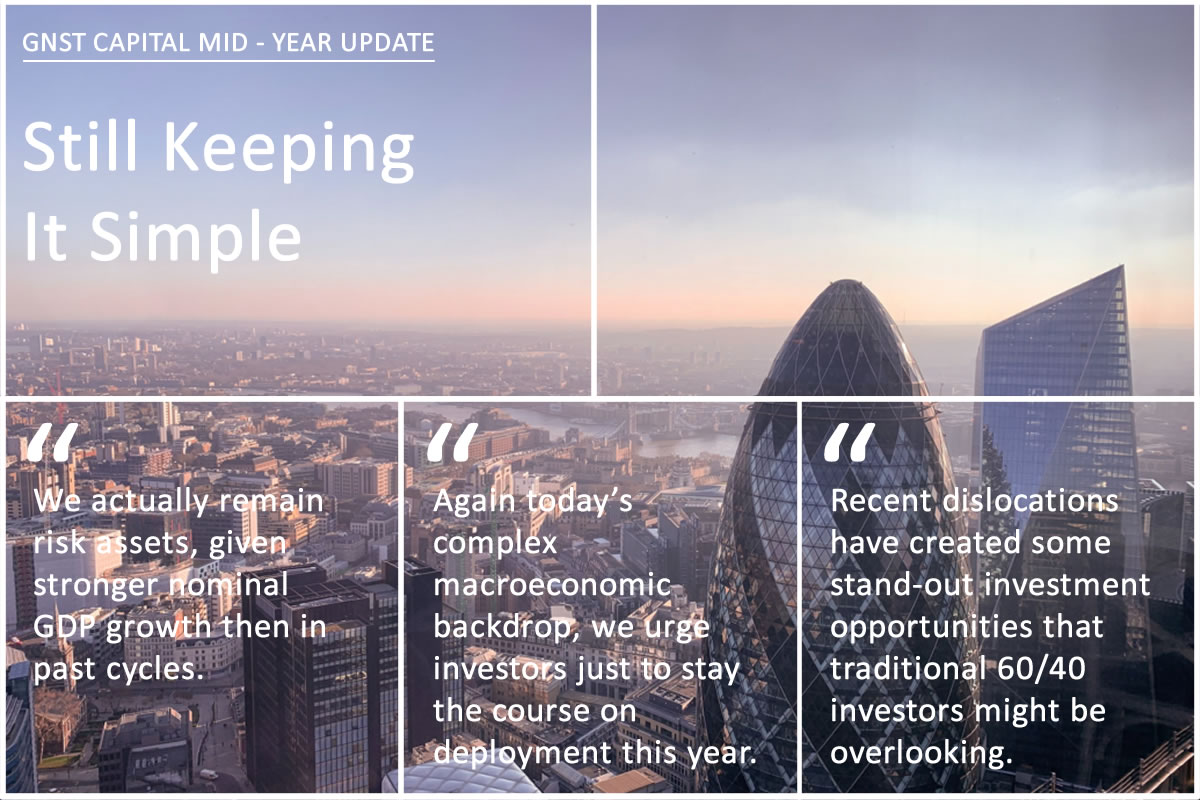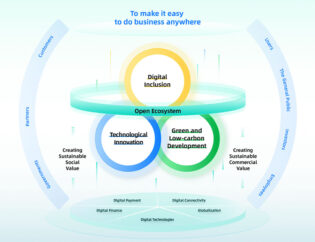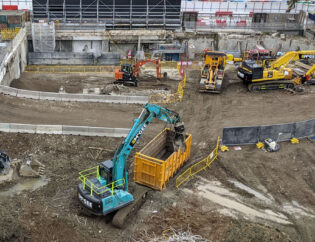
We actually remain risk assets, given stronger nominal GDP growth then in past cycles.
STILL KEEPING IT SIMPLE
“In today’s complex macroeconomic backdrop, we urge investors just to stay the course on deployment this year for some stand-out investment opportunities.”
Amidst the supply-side-driven regime change that we believe has unfolded across the global macroeconomic landscape, we continue to advocate for ‘Keeping It Simple’ in today’s market. Key to our thinking is that an investor can now earn strong risk-adjusted returns without the need to stretch in terms of either capital structure or counterparty risk. Consistent with this view, we believe investors can create some really attractive vintages in both the private and public markets by doing the little things well, including maintaining linear deployment, ensuring diversification through sound portfolio construction, and hedging currencies and interest rates where appropriate. In terms of what this backdrop means for investing, in our view, now is a really compelling time to be a lender on a global basis. This vintage should not be missed. We also continue to pound the table on the benefits of collateral-based cash flows in portfolios, particularly Infrastructure, Asset-Based Finance, and certain Real Estate projects that are directly linked to positive nominal GDP growth. Finally, within both Private and Public Equities, we remain thematic in our approach and steadfast in our desire to focus on high free cash flow conversion stories, especially corporate carve-outs and public-to-private transactions.
No doubt, there is a lot of ‘complexity’ out there to distract investors. In particular, we have escalating China-U.S./Western tensions, a full-scale invasion of Ukraine by Russia, bank failures, increased political divisiveness, and a surge in AI-related breakthrough technologies. At the same time, central bankers are still trying to unwind what was possibly the greatest coordinated flush of monetary and fiscal spending during COVID that the developed market economies have ever seen.
Yet, despite all this uncertainty, FTSE 100 is up around 7%, the S&P 500 is up around 14% year-to-date, while the Euro Stoxx 50 and the Japanese Topix have each appreciated about 15% and 20%, respectively. Meanwhile, High Yield bonds have produced a total return of just over five percent year-to-date. Has the market got it wrong? What does this all mean on a go-forward basis? Our take: After multiple trips across Asia, Europe, and the United States to pressure test our macro frameworks in the first half of the year, we think investors are still too conservatively positioned for the path forward we are seeing for the global economy.
Key Considerations
Without question, we are all experiencing a complicated, asynchronous global economic recovery following COVID, and we still expect negative EPS growth in 2023. However, similar to what we laid out in our 2023 Outlook note Keep It Simple, we actually remain constructive on risk assets, given stronger nominal GDP growth than in past cycles. Rarely has there been such an intersection of poor near-term fundamentals, more than offset, we believe, by a compelling technical backdrop (i.e., little new issuance supply, record buybacks) and resounding negative sentiment (S&P 500 shorts are near 30-year highs); at the same time, recent dislocations have created some stand-out investment opportunities that traditional 60/40 investors might be overlooking.
Inflation
In case there is any question, we want to be on record that we think that the bottom is in for the FTSE 100 this cycle, and that it occurred back in October 2022. Similarly, within Credit, our view is that prices are likely to stabilize in the current £60-70 range, and while we expect an increase in defaults, we think the longer-term path is upwards from current levels.
Importantly, we do not think that a CIO can broadly go risk on and/or risk off. Key to our thinking is that the current economic signals are just too varied, which actually makes sense given the supply side shocks we are all experiencing this cycle. Our business model has important inputs actually spread across all different phases of growth (i.e., contraction, early cycle, mid-cycle, and late cycle), and as such, we are experiencing both a rolling recovery and rolling recession at the same time. In the past, by comparison, most of our inputs would concentrate in just one of the phases.











